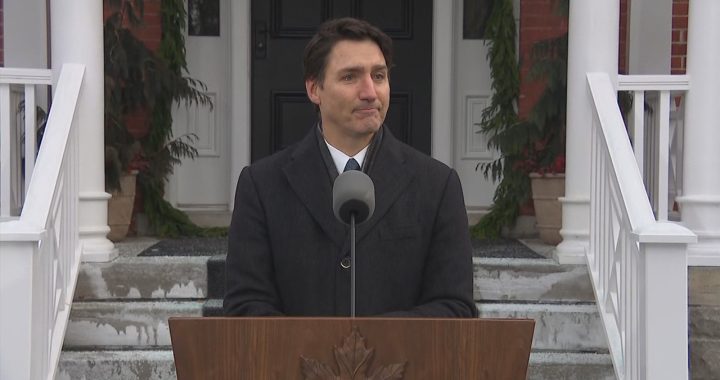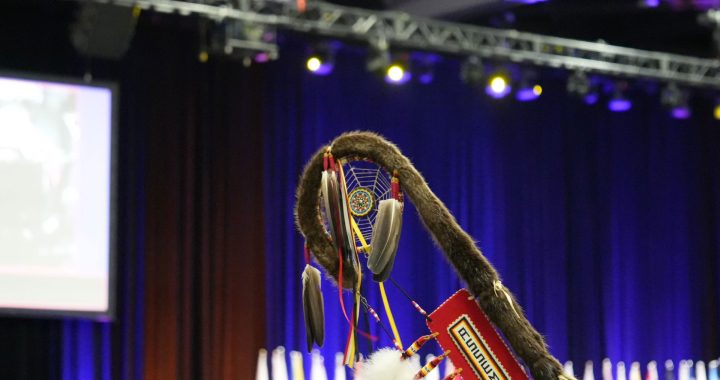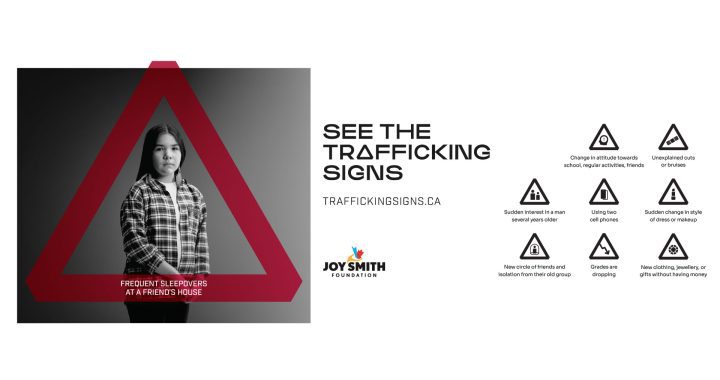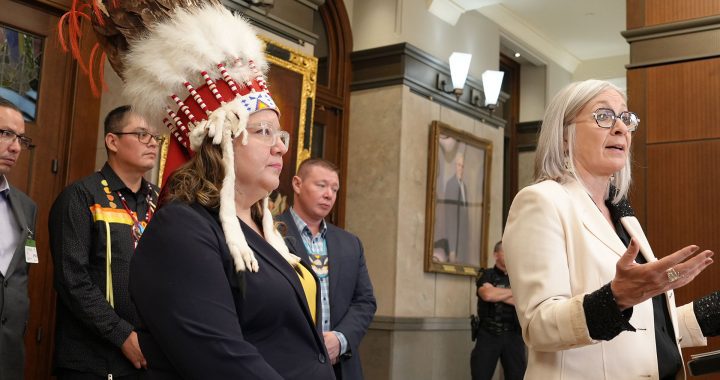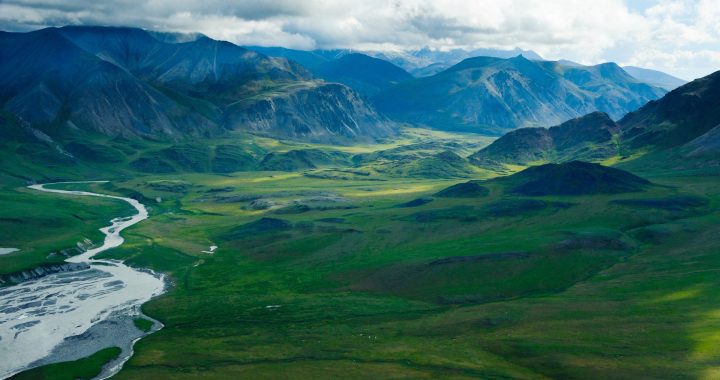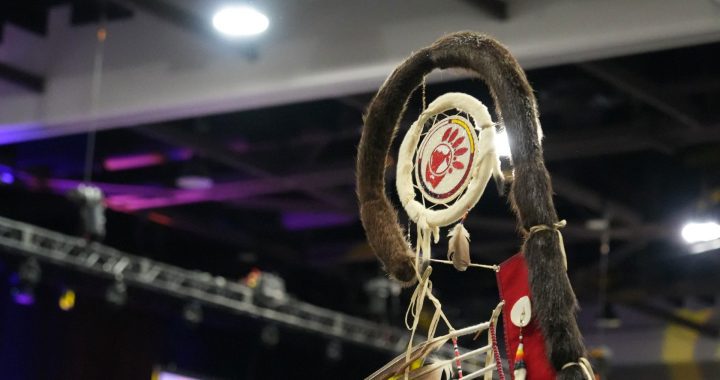Questions are being raised about the Alberta Energy Regulator (AER) and how it’s inspecting reported leaks from tailings ponds in the province’s tar sands projects
According to research conducted by Kevin Timoney, the AER has only had its investigators inspect less than 4% of the 514 reported leaks.
“They also made the statement that in all 514 of the spills that they divulged to the public,” he said. “That there were no environmental impacts. None. None of the 514 spills caused an environmental impact and of course that is also another red flag.”
“It doesn’t make any sense in terms of the known science of tailings spills.”))
Tailings ponds are where oil companies put water contaminated with several toxic chemical. The water is used to help separate oil from the mud and sludge. In theory, the solids and chemicals are supposed to float to the bottom – and clean water stays on top.
The AER is responsible for regulating energy companies, writing rules and inspecting spills.
Timoney said it took him six months to siphon through 6,000 pages of documents he received under the provinces Freedom of Information laws.
The data covered tailing leaks from all sources, such as tailing ponds, pipes, plants, etc, from 2014 to 2023, mostly in the oil sands area. He found many inconsistencies to information reported to the public by the AER.
One spill was under-reported by a factor of 100, with 4.5 billion litres leaked and other spills just disappearing.
“There were quite a few missing spills that they did not report,” said Timoney. “The two major ones would have been obviously the two Kearl spills that were making national news at the time. Also in going through the FOIP (Freedom of Information and Privacy documents), I was determined that there were another 454 spills of tailings of one sort or another that were not part of the publicly available database.”
The AER was severely criticized by First Nations for not notifying them about the Kearl spill.
For Jesse Cardinal, executive director of Keepers of the Water, a non-profit with a mandate to protect the water and the environment, the new report was not a surprise.
She said drastic changes are needed.
“The AER has failed for decades to responsibly manage the caretaking of the environment,” she said. “So we need a different system. A different body that we can trust, because right now, all trust has been lost with the Alberta energy regulator. So we need a system in place that also brings into account the first nations who want to work in having balance and sustainability and diversifying the economy.”
The minister of the environment was not available to comment, but his office gave a written statement, which read in part, “Alberta’s oil sands are one of the most highly monitored in the world, and there are clear, mandatory processes in place to prevent spills and to respond quickly if unplanned releases do occur.
It goes on to say… “while Alberta’s monitoring system is one of the best in the world, we expect the AER to do its job and manage these incidents in a timely and effective way.”
The AER would not agree to an interview, but also released a statement.
“the AER routinely conducts inspections to ensure that releases have been cleaned up and remediated in accordance with the regulations,” the statement said. “Impacts to wildlife due to the release of a reportable substance within the AER’s jurisdiction, must be immediately reported to the AER.”
It goes on to say, “the AER routinely conducts release inspections to assess potential adverse impacts to the environment and wildlife and to ensure that releases have been cleaned up and remediated in accordance with the regulations.”
Earlier this week, the province announced plans to double oil production.




